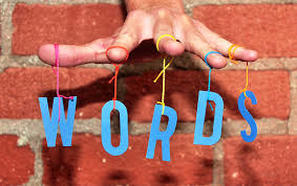 ~ By Amanda Smith Upon returning my novel, my one critique partner pointed out I had a couple of high-frequency words. She suggested I word search them, just to see how often they come up. At first I thought it would be a quick exercise of replacing a couple of “saunters” with something better, but her simple suggestion sent me on a two-week mission to find and eliminate high frequency and weak words from my novel. This exercise helped me realize something about my drafting process. When I first drafted the novel, I sometimes put in commonplace reactions, such as “she smiled” or “he frowned”, because my instinct tells me the character will have some kind of reaction. The thing is, when I am in the midst of drafting, my characters’ emotional arc, as well as their personalities, are not yet fully developed. It was only in the revision stages that I really knew exactly who each character was, and where a particular scene or reaction fell in their emotional arc. Going back to all those “smiles” and “shrugs” and “frowns” via a word search, I now had the bigger view to fill out the descriptors with more personal, meaningful reactions. Sometimes that meant adding a paragraph, and in some places a scene, that was missing to complete the emotional arc of the character. Doing word searches also allowed me to designate certain words or traits to specific characters. We all have words we love to use – our personal vocabulary. I made sure that certain words (especially slang or teen expressions) were used sparingly and only by certain characters. How do you do a word search? If you write in Scrivener, the search box is in the top right hand corner of your screen.
Where do you start? There are some words that are high frequency for most writers. Start with that list. Here are a few I searched: Walk Nod Turn Smile Laugh Just Go Little Tiny Really Very Look Then there are some words more specific to your own writing. These are some of the ones I searched: Saunter Snort Dorky Stroll Gaze Like Feel Seems Word searches are also handy to make sure you consistently spell character names the same way. Minor characters in particular, like the teacher that appears maybe twice in a novel, or a tricky last name, can trip you up 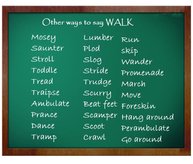 Lastly, you might want to search some of the replacement words you have used. You want to make sure you did not replace every “walk” with “stroll”. For these kinds of verbs, I made movement lists and thought about words specific to each character. The angry, wound-up girl will consistently move differently that the laid-back, confident boy. Once you are done editing on such a micro-level, reread the entire manuscript to make sure your word replacements work within the scene and chapter, and that you indeed used the right word for the situation. Even though this was time consuming, replacing trite descriptors and high frequency words with more thoughtful alternatives added a deeper layer to my novel and clarity to my character development. It was an educating look at my writing process and weaknesses. And it was fun to play around with words.
0 Comments
 By Annie Cronin Romano As writers, we push ourselves to keep learning and improving. Writing workshops. Courses. Conferences. Critiques. We jot down ideas. Write the outline. Finish the draft. But when do we pause? After all that craft work…after all that writing…do we ever take a few moments to sit and take in all we’ve learned? Do we check to see if it’s working for us? Because with all that effort put into our craft, we must be getting better at it, right? Not taking time on a regular basis to process all we’ve absorbed through honing our craft—be it from a workshop or a critique—is one of the foremost disservices we writers do to ourselves. Yes, we certainly try applying what we learn, but it’s just as vital to stop for a bit and review all those writing suggestions and strategies we’ve gathered. Take some time—whether it’s once a month or after you finish a draft—and dive into your folders and file drawers. Pull out those notes you’re taken and handouts you’ve received from conferences and workshops. What suggestions have you implemented? Which ones have you avoided? Then look at your writing. Have the tips you’ve implemented strengthened your work? Perhaps you prefer your original version. And what about those strategies you haven’t tried? Maybe they seemed too difficult, or too time consuming, or maybe they’re not a good fit for your writing process. What if you use a style or suggestion that’s out of your comfort zone to rewrite a paragraph, a page, or a chapter? Sometimes all the information we take in while honing our craft can be overwhelming. And we can’t possibly apply it all. But remember to stop. Take a breath. Then pull out those handouts and notes and read through them. Pick a few strategies you want to try. Review your writing based on what you’ve learned. And get your money’s worth out of all those enrichment opportunities you gave yourself. ~Annie  By Annie Cronin Romano “Where’s Papa going with that ax?” said Fern to her mother as they were setting the table for breakfast. “Out to the hoghouse,” replied Mrs. Arable. “Some pigs were born last night.” “I don’t see why he needs an ax,” continued Fern, who was only eight. As you probably know, the above excerpt is the opening of E.B. White’s Charlotte’s Web, a classic in children’s literature. When I was a child, it was one of my favorite books. When I read the first page and realized those cute little piglets could be in danger, I kept reading. Fern’s concern about a threat to the piglets is established right away, and I had to find out if and how Fern could stop this horror from occurring. I was hooked. The same goes for picture books I love. I’m compelled to read past the first page in picture books whose openings create a strong curiosity about a situation: On a cold afternoon, in a cold little town, where everywhere you looked was either the white of snow or the black of soot from chimneys, Annabelle found a box filled with yard of every color. In these first lines of Mac Barnett’s Extra Yarn (illustrated by Jon Klassen), I was pulled in by my wonder of how this colorful yarn was going to affect the plain little town. Although both these examples of opening lines grabbed me quickly, others may need to read further to know a book is a keeper. In novels, authors have some time to lure the reader in. A writer of longer works can take a few paragraphs to set the tone, or even a few pages to a chapter or so to bait the reader into the character’s voice or world. But in picture books, you have the first page. You’ve got to hook ‘em fast and come out swinging. It’s vital to the life of your story. Be it picture books or novels, if the author doesn’t capture the reader early on, the chance of losing the reader increases. A lot. But what elements make a strong hook? What is it that pulls the reader in? To help you with examining your openings, I am going to give you an assignment. Don’t worry. There’s no exam at the end. I’ll use the honor system!
This exercise can help clarify what makes a strong hook and what doesn’t. Study the first pages of other works to help make your book’s opening the strongest and sharpest hook it can be. Then reel ‘em in! ~Annie 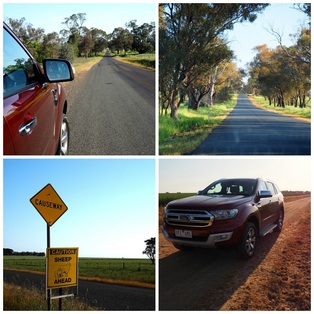 by Francine Puckly Much has been written on development of characters when setting out to write a novel, a short story, or even a picture book manuscript. Advice to complete character interviews, profiles and arcs abound. I’ve used them all to delineate the early aspects of my characters and note the differences between characters. Despite the use of all of these techniques and tools, I still came up short in a review of my latest novel. In last month’s manuscript critique with Delacorte’s Kate Sullivan, we discussed the need to put the final polish and finesse on my characters, one in particular. Because I have alternating narrators, two distinct stories are being told. And while the stories intertwine, they must stand alone in detail and distinction. One protagonist is a quiet, introspective teen who picks up on a wealth of detail, while the other is a “quit-your-whining-and-get-on-with-it” personality. Each protagonist must be equally complex to the reader, even if the core of the character appears to be outwardly simple. And just as plots and subplots need to be tightened and mined for nuggets of gold, so must our characters. Everything our characters do must be deliberate and refined. I returned home after the critique, high on motivation and energy to make these changes. I quickly realized that my self-taught world of novel writing did not provide guidance to finesse and tweak a character in the final stages of revision. But I discovered two methods that have been invaluable. Beyond-the-Questionnaire Questions Picking up what I had once believed to be my last draft, I combed through the manuscript scene by scene and made notes in the margins as to what each of my narrators might observe in that particular moment. This setting-specific questioning brought my characters into focus with what made them tick in very specific circumstances. What the character feels, says, and observes will differ from scene to scene. A character might be driven by odors and temperatures in one scene, and sights and feelings in another. Does tension get ratcheted up because the character is self-conscious about an outfit or sees a nemesis in the corner of the room? And what happened that day to drive the behavior in the character? This level of understanding my characters rarely came through in those beginning character profiles and explorations. Just as humans might react differently in any given situation on any given day (lack of sleep, hunger, fights with loved ones or the threat of a layoff at work will drive different behaviors than if we’re rested, fed and in our happy place), our characters will behave erratically at times as well. Each scene (and the details the narrator presents to the reader) must be thoughtful to that particular moment. Photo Collages The second technique I’ve used is creating photo collages of the landscape, houses, schools, cars, clothing, décor, and character images. I had already completed this exercise for earlier drafts of the manuscript, but this time I faced off with my protagonists. I studied the collage through each of my narrator’s eyes and wrote down what each would see. My introspective narrator extracts entirely different details than my get-’er-done protagonist. And it is in these unique observations that the manuscript comes to life. By mining these rich nuggets of description, I have refined the voice of the story. And it is in the subtle detail of voice that we hook the reader. So the next time you’re stuck trying to make the last draft or two of your manuscript pop into life, tackle a new photo collage and plow through your scenes with specific detail in mind. If you listen closely, your characters will show you what’s important at that moment in time.  ~ by Amanda Smith Last week we focused on using basic plotting techniques to help organize scenes that were random and unconnected, like a hand full of beads. If you missed last week's post, you can find it here. What if you're done drafting, though? Does that mean you have no more use for plotting techniques? Writers often use note cards to block out scenes. For me the note card technique worked well after I finished my second draft. I combined the information from a mapping workshop, taught by Katie L. Caroll (Elixer Bound) and a workshop on non-sequential writing by Lynda Mullaly Hunt. (One for the Murphys, Fish in a Tree) to come up with a note card that served my purpose for revision.
These note cards against my wall helped me see the entire novel at one glance. I was able to check the balance and switch-off between narrators. Imagine my joy when I realized my main characters narrate exactly the same amount of scenes! These cards showcased the rising action, emotional arc, and the function of each scene. I could see where to change the order of scenes to build tension or give a breather. They showed where to add a scene or when a character fell out of the story. As I studied these cards, I was able to make subtle changes to strengthen the plot. I added bits of dialogue or "what ifs" on sticky notes. When I went back to my manuscript I could try out these new takes to see if they worked better. The note cards served as a place for ideas and thoughts to land when I couldn't get to my manuscript right that moment. Revision time is also a good stage to implement character interviews, another plotting technique. There are multiple character interviews online that you can tweak to meet your needs. After filling out interview questions, add descriptors and specifics to enhance characters, and check for character consistency. I found it very enlightening to also interview all secondary characters. Going back and adding the smallest of details can enrich secondary characters and make them feel like real people.
Many authors have a treasure trove of plot development strategies on their websites. Don’t feel overwhelmed by them. Take these plotting devices and adapt them to work for you and your process. And it is a process! Use some before you start, some during drafting, and some during revisions until all your scenes are perfectly placed like beads on a string. 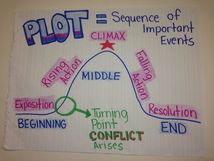 ~by Amanda Smith The first time I saw plot planning templates I was simultaneously impressed and petrified. These templates assumed that the writer already knew a whole lot. All I had when I started my novel were a handful of characters, an idea for conflict, and only a fleeting emotion I felt after waking up from an angsty dream. We discover the story, the characters, the PLOT as we go. While some writers are brilliantly organised, writing a novel from beginning to end, there are just as many who write non-sequentially. Does that mean these fabulous plotting techniques are not for us scatterbrains? Not at all. These templates and techniques can be used throughout the first couple of drafts. So how do you plot when you write at the whim of the character voices in your head? The following strategies helped me string numerous non-chronological scenes, like beads on a necklace, into a viable story line.
Join us next week when we'll look at using other plotting tools and techniques during the revision stage of your project. In the mean time, arm yourself with a pack a sticky notes and a blank wall and you'll find that plot planning templates are less petrifying and more productive.
 by Annie Cronin Romano So often we start a project with an idea, a glowing nugget of inspiration, and we decide immediately the kind of book it will be. It's going to be a picture book. Yes, definitely a picture book…about flying sandwiches. Excellent! Off we go! We brainstorm, diagram, scribble, and plot. We develop our characters, our setting, and our pacing. We draft a beautifully crafted 550 word picture book about sandwiches that fly and submit it to our critique group. And they tell us it should be a middle grade novel. About a food fight. *Head-desk* Why should we turn our picture book draft into a novel? Do we have to? Our critique group is not the boss of us, after all! True. True. But consider the reasons behind the suggestion. Is it because the setting or topic would appeal more to the older age group? Maybe the characters would present more strongly with an older voice? What about the plot? Perhaps it is one that is better suited (or even needed) in the older market. Or maybe your critique partners thought there was more to explore than you could do justice to in a shorter format. What if you played around with it, not as a middle grade, but as a chapter book? What if… As participants in critique groups, we often expect the critiques to focus on the story itself. Would our character really say this? Are we showing or telling? Watch the pacing. This is working. That is not. What we don’t usually expect is for critique partners to suggest changing the target audience. But sometimes it's an insightful idea. A middle grade story may work better as a picture book or a young adult novel. A young adult draft may be better suited as a new adult story. What the writer has in mind for a story often can benefit from considering all possible audiences. The first instinct may still be the best. But give it due consideration. Always ask, "What if…" So the next time you sit down to work on a story, be it a fiction picture book or young adult science fiction thriller, look at your idea from all angles. It could be that your flying sandwich would make an excellent food fight. ~Annie  by Annie Cronin Romano For writers, receiving constructive feedback is one of the key factors to editing and revising our work. We join critique groups, participate in online manuscript swaps, and sign up for professional editing services. Sometimes even editors and agents we've submitted to will provide feedback. They might indicate what didn't work for them or offer suggestions. All this feedback is fodder for the revision file. We cull through it, often using trial and error, to figure out which suggestions improve our manuscripts and which don't. But once in a while, we get harsh feedback, an unfavorable critique, which strikes a nerve. A deep nerve. And it stings. Those manuscripts are our babies and we are protective of them. A negative analysis can make us question our story or even our writing talent as a whole. This is usually because the critique was not helpful and constructive. So what do you do when you receive feedback that's not presented in a beneficial manner? How can you turn that disappointment at a poorly presented critique into a positive step on your writing journey? A few months back, I received a detailed, yet rather harsh, rejection following a submission. It was clear the agent had read the full manuscript, which was excellent. But the criticism, helpful as I’m sure it was intended to be, was delivered in a off-putting way. It was a list of I didn’t like a, b, and c. By the end of the letter, my novel was bloodied and beaten. At least to me. I couldn’t be objective, and my writer spirit was crushed. Enter one of my amazing writing group ladies, Kelly. She read the letter, sympathized with me, and then, in a magical, extraordinary way, helped me turn the criticisms into constructive advice. She turned every “I didn’t like…” into “Try doing ‘x’.” She translated each negative into a positive, helpful piece of advice. In doing so, Kelly enabled me to use the rejection as a revision tool rather than a reason to give up on my story. Sometimes you will get critiques, or even unexpected submission feedback, that is poorly delivered. Rather than being useful, it may come across as rough and disparaging. Get out your magic wand, or favorite pen, and invert the negatives into positives. Turn the "I don't likes" into "It might work better if..." Hopefully you're blessed with those who can provide you with constructive feedback that is beneficial to both your manuscript and your growth as a writer. But if you get one of those "tear apart" reviews, take a deep breath and step away for a bit. Then take a step forward and turn those negatives into positives, and even the "bad" feedback will help you make your writing its absolute best. ~Annie  By Kelly Carey While I am never happy when an editor asks me to rewrite a story, I have learned that if I can quell my bad attitude for a smidgen of time, the end result will be a better manuscript. A few years ago, an editor asked me to flip a Christmas themed story centered on gift giving to fit with a February issue of the magazine. The story was titled “The Gingerbread Shop”. I thought she was insane. Then I decided she was mean. Then I was just really mad. How do you take what is clearly a December Christmas story and rework it to fit in a February issue? The request to revise always leaves me feeling defeated. By the time I submit a manuscript, I have already revised a bajillion times, had it critiqued, rewritten it again and fallen madly in love with my brilliant work. I send it off to the editor or agent like a perfect present. Asking me to rewrite it is like someone returning a gift I bought them. Only worse, they are asking me to return it and get them something else - something better. How rude! Grumble, grumble, curse and spit. I came dangerously close to refusing to rewrite my gingerbread story. Instead, I took a few days to stomp around my house, complained to my writing buddies, derided the absurdity of the editor’s request, BUT I sent my editor an email reply that read, “Of course, I’d be happy to revise my story.” After venting and still unconvinced that any revision could improve on my perfect pearl, I reluctantly mustered the will to sit down and give the rewrite a try. The result was a better story, a more unique manuscript and a piece I was more proud to present. The revised story sold as “Dolphin Queen Valentine” and it never would have happened without the request to rewrite. Just last month, I was asked to revise a manuscript and I have my routine down. I curse, stomp around my house with a scowling face that leaves with me with a self- inflicted unibrow, and I send the editor an email that says, “Of course, I’d be happy to rewrite”. When I finish the revision,my unibrow disappears in happy haze of contentment and the recognition that the request to rewrite was the perfect present.  by Annie Cronin Romano The most recent precursor to a critique from one of my beloved critique partners was as follows: I've attached my thoughts on "XXXX." Don't kill me!!! Or go ahead and swear at me, curse my name around your home and secretly spit in my tea... She (I’ll call her “Kelly” because, well…that’s her name) had no reason to be nervous. She is still a beloved critique partner. Despite the fact that I have frequent opportunities to spit in Kelly's tea, I’m pleased to say I’ve refrained from any retaliation of the sort. In all honesty, if I had taken my revenge on her critique, I would have had to spit in a few teas and lattes. You see, Kelly wasn’t alone. Our other critique partners—also beloved—had pointed out similar weaknesses and flaws in my manuscript. It stings to get harsh critiques of your writing. Especially when it’s not the first draft. But it stings less when the critiques are constructive. And honest. And it stings even less when you realize your critique partners have given you a gift: the insights to make your writing the best it can be. While I usually wait to make changes to a manuscript following feedback (I like to let the critiques “simmer”), I was so struck by the consistency in their comments that I immediately started my next draft. Then another. Then another. I weeded carefully through their suggestions. Some were considered and dismissed. Others I’m still pondering. But the biggies—those blood red, high-in-the-air flags which all my writing partners waved in my face—those were the flaws I targeted for repair. Without honest, constructive criticism, those are flaws I may have overlooked for a while…or missed completely. A solid critique group helps writers achieve their best work (See blog from October 2014: The Importance of a Writing Community). So be strong when reading those tough-to-take critiques. Sometimes the ones that hit the deepest nerve can be the most revealing and helpful. When it’s ready, I’ll resubmit that picture book manuscript for the third (and probably not the last) time to my critique group. While I hope their feedback is glowing, all of them have keen eyes and a solid knowledge of strong writing, so I expect—and hope—for more constructive comments. And I promise I won’t spit in their tea. (*wink*) ~Annie |
Peruse blogs for advice and tips from KidLit creatives.
Categories
All
Archives
April 2024
Click to set custom HTML
Click on the RSS Feed button above to receive notifications of new posts on this blog.
|
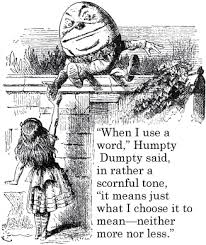
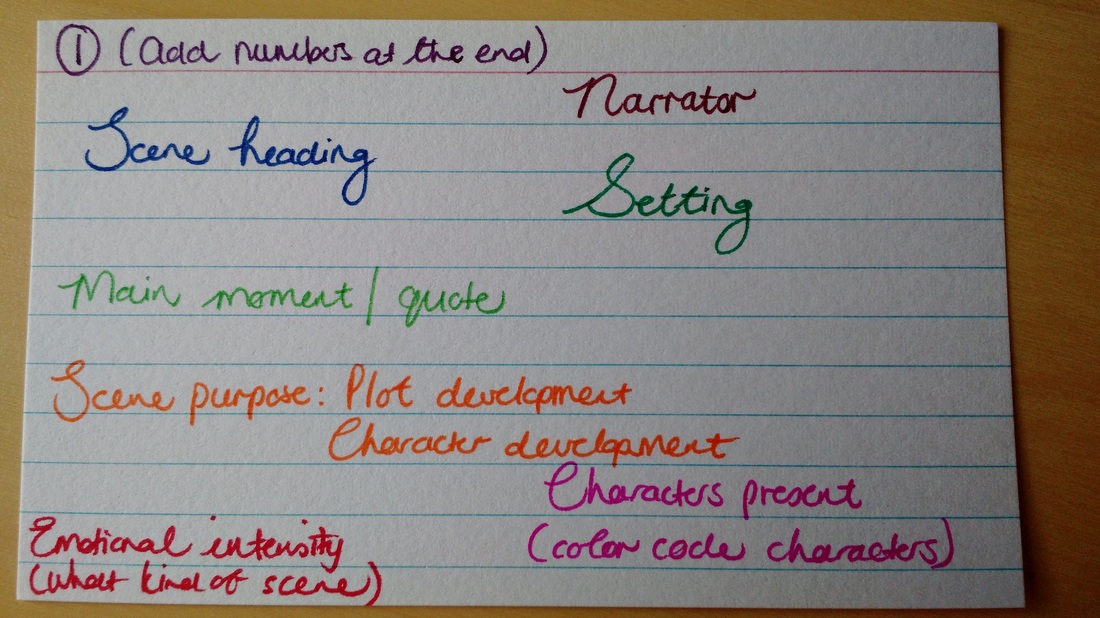
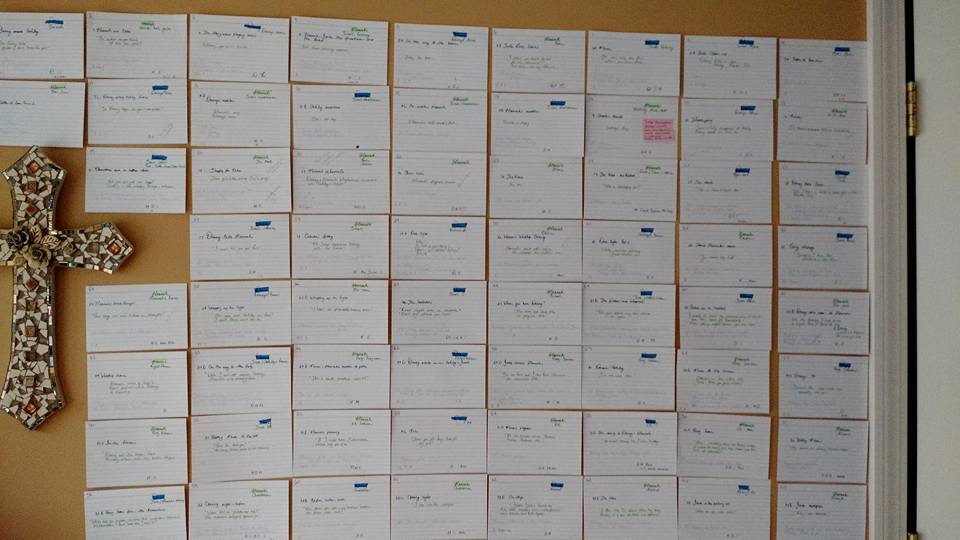
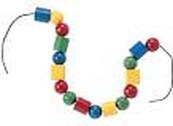
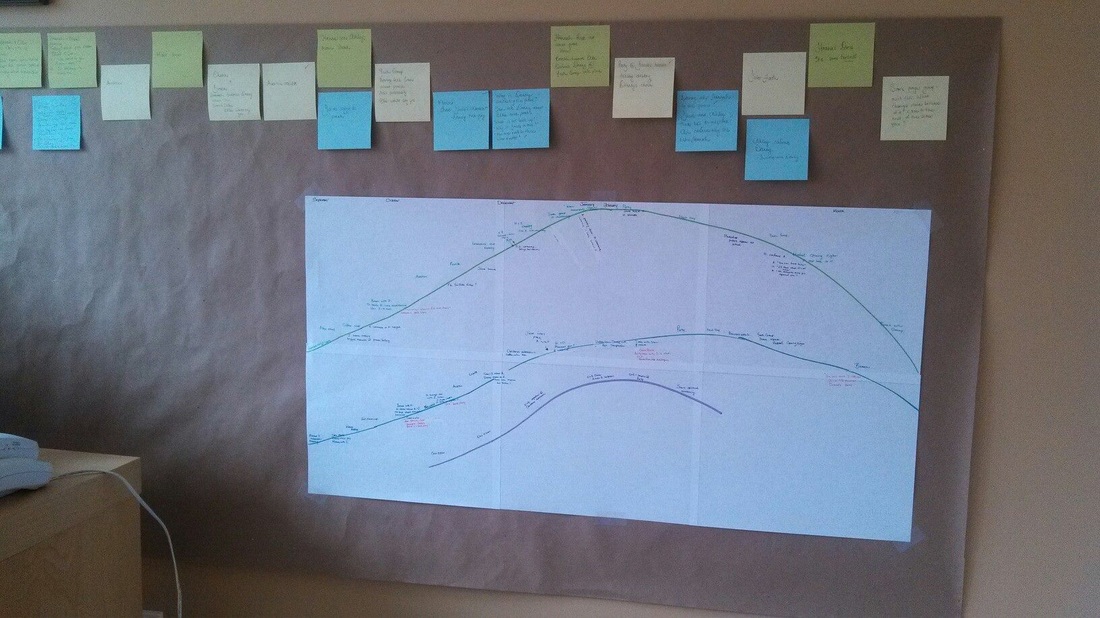
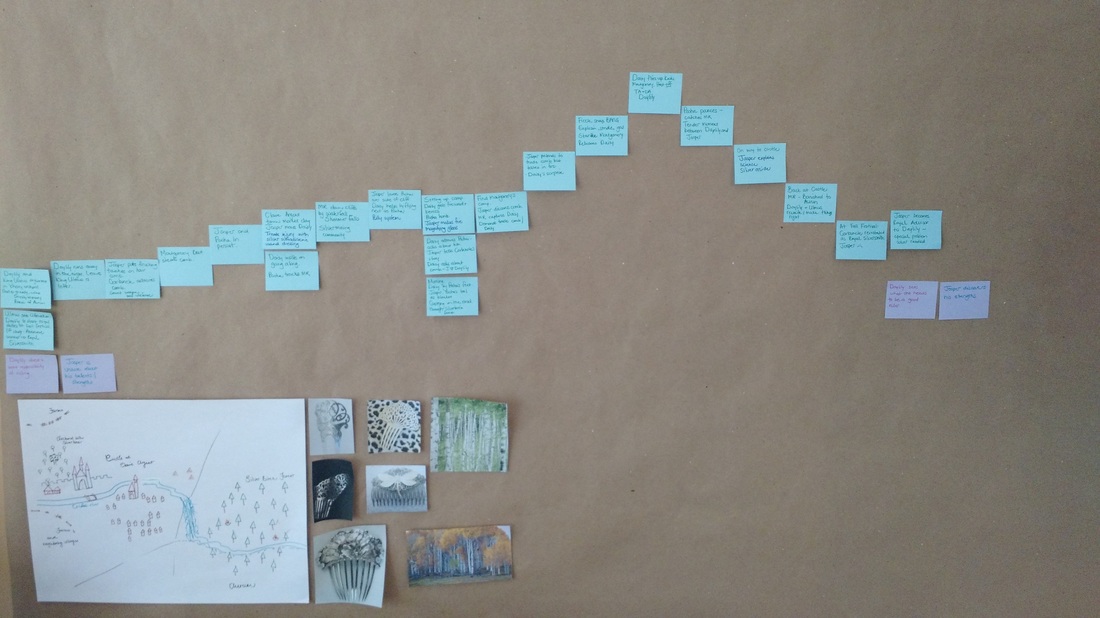
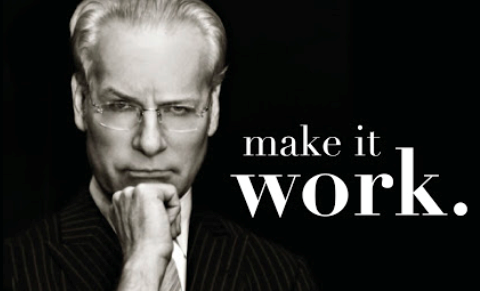
 RSS Feed
RSS Feed